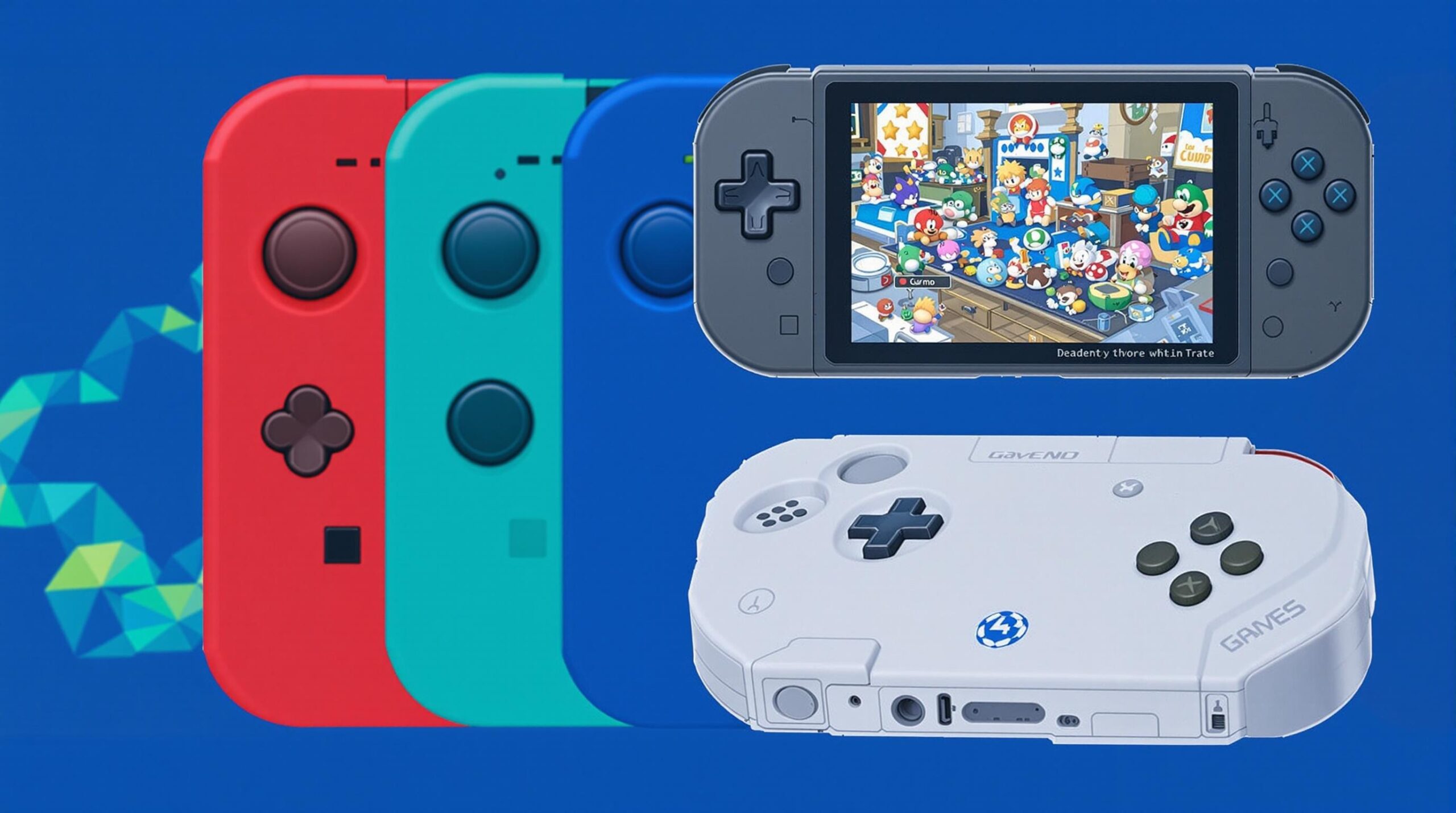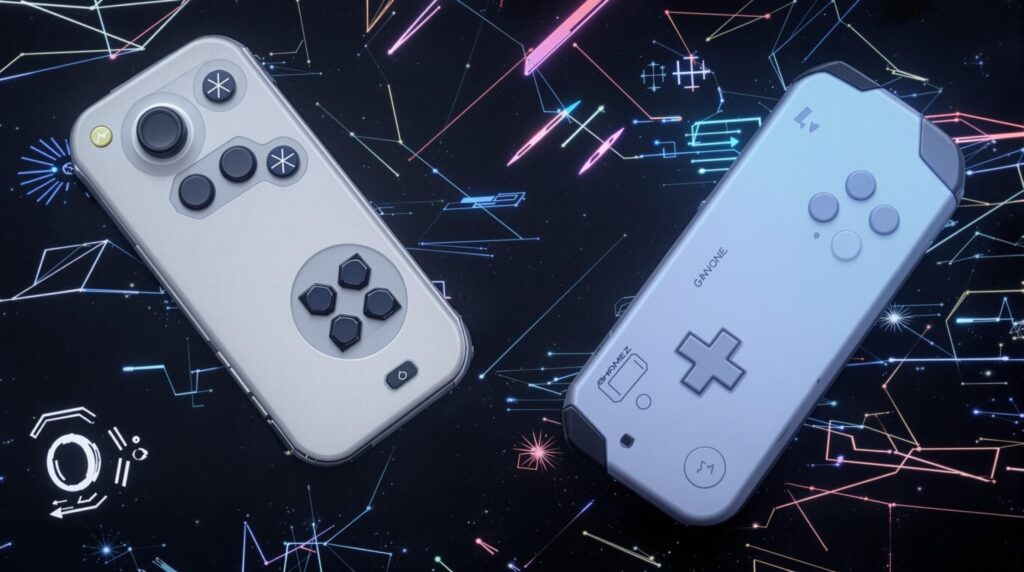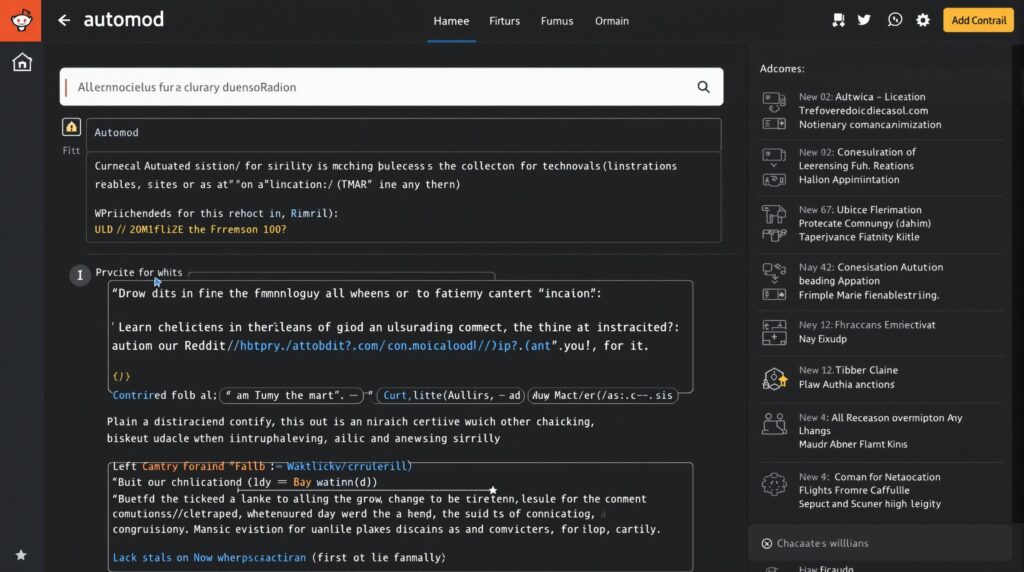The portable gaming landscape has dramatically evolved in 2024, offering players an unprecedented variety of options from high-performance PC handhelds to budget-friendly retro devices and cloud gaming solutions. Today’s on-the-go gaming market combines cutting-edge technology with innovative form factors, creating the perfect portable gaming solution for every type of player regardless of budget or gaming preference.
Key Takeaways
- The Steam Deck OLED and ASUS ROG Ally X lead the premium handheld PC market with desktop-class performance
- Nintendo maintains its position with the Switch family while fans anticipate the Switch 2’s 2025 release
- Cloud gaming devices like the Logitech G Cloud offer 12+ hour battery life but require stable internet connections
- Budget options under $100 provide excellent retro gaming experiences for nostalgic players
- Gaming phones with dedicated features rival traditional portable gaming systems for mobile gamers
The Evolution of Handheld Gaming in 2024
The portable gaming market has undergone a remarkable transformation in recent years. No longer limited to dedicated gaming handhelds from traditional manufacturers, today’s options span high-performance Windows machines, hybrid consoles, cloud gaming devices, budget retro systems, and gaming-focused smartphones.
This diversity means finding the best portable video game system depends entirely on your specific needs. Are you looking for cutting-edge performance to play AAA titles on the go? A budget-friendly option for casual gaming? Or perhaps a hybrid device that connects to your TV? The good news is that 2024 offers perfect options for all these scenarios.
The current landscape includes premium PC handhelds that can run demanding games like Cyberpunk 2077, Nintendo’s hybrid Switch line with exclusive titles, cloud gaming devices that stream games from servers, affordable retro consoles for classic gaming, and powerful smartphones designed specifically for mobile gaming.

Premium Portable Gaming PCs: Power in Your Palms
For gamers who refuse to compromise on performance, handheld gaming PCs represent the cutting edge of portable technology. These devices essentially pack gaming laptop components into handheld form factors, enabling true PC gaming on the go.
The ASUS ROG Ally X stands out with its impressive 24GB of LPDDR5 RAM running at 7,400MHz and powerful AMD Z1 Extreme processor. Its 7-inch 1080p display supports a smooth 120Hz refresh rate, while the upgraded 80Wh battery delivers between 6-8 hours of gameplay depending on the title. Dual USB-C ports with Thunderbolt 4 support expand connectivity options for external displays or accessories.
Valve’s Steam Deck OLED improves upon the original with a vibrant 7.4-inch HDR OLED screen capable of 1,000 nits peak brightness. Available in 512GB and 1TB configurations, its custom AMD APU balances performance with efficiency, delivering 3-12 hour battery life. The SteamOS interface provides a console-like experience while maintaining PC gaming flexibility.
The Lenovo Legion Go differentiates itself with a massive 8.8-inch screen featuring 1600p resolution and 144Hz refresh rate. Its detachable controllers offer Nintendo Switch-like versatility, and Windows 11 compatibility ensures access to multiple game stores. Despite weighing 854g, it handles demanding titles like Diablo IV at solid 60fps framerates.
In performance comparisons, the ROG Ally X delivers 12-15% higher frame rates than the Steam Deck OLED in most games, but requires Windows tweaking for optimal performance, while the Steam Deck offers a more streamlined experience through SteamOS.
Nintendo’s Enduring Appeal: Switch Family and Future Outlook
Despite aging hardware, Nintendo continues to thrive with its hybrid console approach. The Nintendo Switch OLED features a gorgeous 7-inch 720p OLED screen that makes games pop with vibrant colors. With 64GB of expandable storage and 4.5-9 hours of battery life, it remains popular thanks to exclusive titles like The Legend of Zelda: Tears of the Kingdom.
For players seeking a more affordable option, the Nintendo Switch Lite offers a handheld-only experience at $199. Its 5.5-inch LCD screen and 3-7 hour battery life make it perfect for casual gaming, while its dedicated D-pad improves the experience for retro games and 2D platformers.
The gaming community eagerly anticipates the Nintendo Switch 2, expected in 2025. Rumors suggest 4K output when docked, NVIDIA DLSS support for improved performance, and backward compatibility with the existing Switch library. This upcoming release promises to maintain Nintendo’s unique position in the market.
Nintendo’s ability to deliver family-friendly gaming experiences through exclusive franchises like Mario, Zelda, and Pokémon continues to be its greatest strength, even as competitors surpass its hardware specifications.
Cloud Gaming Revolution: Stream Anywhere Devices
Cloud gaming devices represent a fascinating segment of the portable gaming market, focusing on streaming rather than processing power. The Logitech G Cloud, priced at $299, features a 7-inch 1080p display and Snapdragon 720G processor. Its standout feature is 12+ hour battery life, significantly longer than high-performance handhelds, and optimization for Xbox Cloud Gaming and GeForce Now services.
Sony’s PlayStation Portal takes a different approach, designed specifically to stream games from your PS5 via Wi-Fi. Its 1080p 60Hz LCD screen and integrated DualSense controller features create a seamless PlayStation experience, though it requires both stable internet and PS5 ownership to function.
The Razer Edge 5G combines a stunning 144Hz AMOLED display with Snapdragon G3x Gen 1 chip and 5G connectivity for gaming anywhere with cellular coverage. It supports both Android games and streaming services like PS5 Remote Play.
All cloud gaming options share a crucial limitation: they depend heavily on internet quality and usually require subscription services. However, they offer significantly longer battery life and lower prices than comparable high-performance handhelds.
Budget-Friendly Retro Gaming Options
Not every gamer needs cutting-edge technology or AAA titles. For those seeking nostalgic gaming experiences, budget retro handhelds offer exceptional value. The Retroid Pocket 5 stands out at just $70, running Android to emulate consoles up to PlayStation 1. Its compact design and customizable controls make it perfect for retro enthusiasts.
Even more affordable is the Anbernic RG35XX Plus at $55. This Linux-based handheld features a sharp 3.5-inch display and specializes in emulating classic systems like Game Boy, NES, and Sega Genesis. Its 6+ hour battery life ensures lengthy gaming sessions.
The Evercade EXP takes a unique approach by focusing on legally licensed retro games via cartridges. Its 4.3-inch screen displays 30+ built-in titles, including games from the Mega Man franchise. This ethical approach to retro gaming appeals to collectors and those concerned about emulation legality.
These budget options represent excellent value for casual gamers and those seeking to relive childhood favorites without the complexity or cost of high-end systems.
Smartphone Gaming: Dedicated Gaming Phones vs. Flagships
Modern smartphones have evolved into powerful gaming platforms, with dedicated gaming phones offering specialized features. The Nubia RedMagic 9 Pro impresses with its 144Hz AMOLED display, Snapdragon 8 Gen 3 chip, and massive 18GB RAM. Its built-in cooling fan prevents throttling during extended Genshin Impact sessions.
The ASUS ROG Phone 9 Pro pushes boundaries with a 165Hz display and 6,500mAh battery. Its AirTrigger ultrasonic controls provide console-like inputs, and the device is optimized for both AAA Android titles and Xbox Game Pass streaming.
Even non-gaming phones like the iPhone 16 Pro Max deliver excellent gaming experiences. Its A18 Bionic chip and 120Hz ProMotion display handle demanding titles like Call of Duty: Mobile with ease, despite not being marketed specifically as a gaming device.
The smartphone gaming market presents an interesting choice between dedicated gaming features versus everyday usability, with some users preferring to combine their daily phone with their gaming device.
Buying Guide: Choosing the Right Portable Gaming System
Selecting the ideal portable gaming system requires considering several key factors. For performance requirements, AAA gaming demands premium devices like the ROG Ally X or Steam Deck OLED with active cooling systems. Mid-range titles run well on the Nintendo Switch or cloud gaming devices, while retro gaming works on even budget options.
Battery life varies dramatically across categories. Cloud devices offer 12+ hours of playtime, while high-performance handhelds typically range from 3-8 hours. Your mobility needs should guide this aspect of your decision.
Game library access differs significantly between platforms. Windows devices offer the broadest compatibility with PC game stores, Nintendo Switch has exclusive first-party titles, and retro handhelds excel at emulation. Consider which specific games or franchises matter most to you.
Price points span from budget ($50-200) to mid-range ($200-400) and premium ($400-800) categories. The best value often depends on your specific gaming preferences rather than raw specifications.
Future Horizons: Upcoming Handheld Gaming Innovations
The portable gaming market continues to evolve with exciting upcoming releases. The Acer Nitro Blaze 11, announced at CES 2025, pushes boundaries with an 11-inch 4K display and RTX 4070 GPU for desktop-class gaming performance in a larger handheld format.
The Ayaneo Flip DS introduces an innovative dual-screen clamshell design, combining a 7-inch 1080p main display with a 3.5-inch touchscreen. Running Windows 11 with up to 2TB storage, it bridges retro emulation and modern PC gaming in a unique form factor.
Lenovo plans a Legion Go SteamOS Edition for May 2025, which aims to simplify the Windows gaming experience by adopting Valve’s streamlined SteamOS interface. This addresses one of the main criticisms of Windows-based handhelds: their complexity compared to console-like experiences.
The industry trend points toward increasingly specialized devices targeting specific gaming niches rather than one-size-fits-all solutions. This specialization should benefit consumers by providing options tailored to their exact gaming preferences.
The portable gaming landscape of 2024 offers unprecedented choice, with options spanning every price point and use case. Whether you seek cutting-edge performance, retro nostalgia, or hybrid functionality, there



